Dive Into Fascinating Facts About Anhinga Birds
Updated: Dec. 20, 2021
The anhinga is an amazing bird, from adaptability to the way it swims. Here's what you might not know about these water birds.
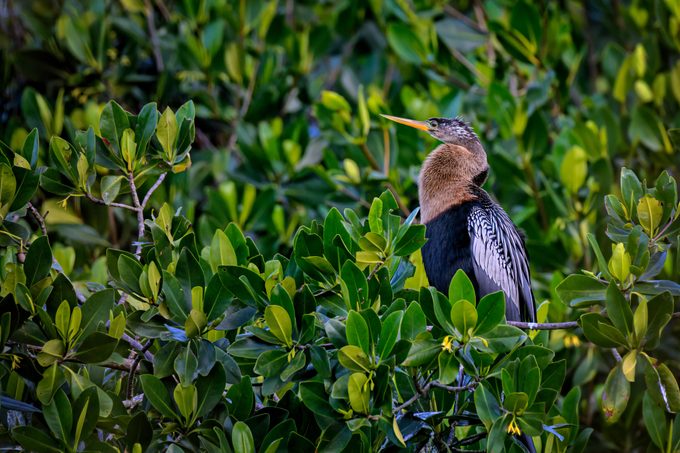
Anhinga Birds Have Many Nicknames
Snake bird, American darter and black darter are a few of the anhinga bird’s most common monikers. Although, that’s not as crazy as the yellow-rumped warbler, also known as a butterbutt, or the American woodcock, which is called a timberdoodle.
Discover how birds get their names.
Anhingas Are Water Birds, But Not That Buoyant
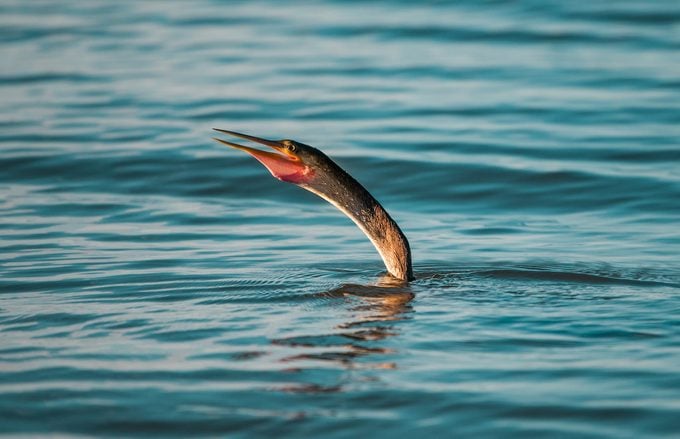
Unlike other common swimming birds, like grebes or puffins, anhingas are less buoyant. This makes the birds more efficient divers when they case after prey like fish, insect, crawfish and other aquatic goodies. When an anhinga swims at the surface, most of its body is usually underwater with only its head sticking out.
Check out 10 egrets and herons found in North America.
They Raise Young Once a Year
After the anhinga’s courtship period, mating pairs have only one brood per season. They lay two to five pale bluish-green eggs which they raise in a platform-style nest made of large sticks and lined with softer greenery.
Learn abut great egrets nests, courtship and baby egrets.
These Birds Are Bigger Than They Look
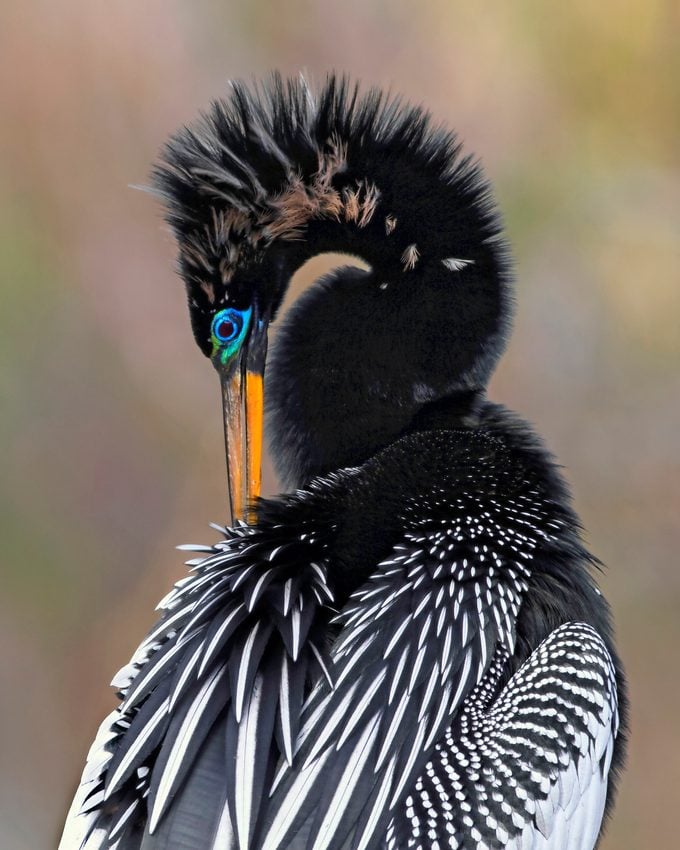
From beak to tail tip, these birds can reach about 3 feet long, thanks in part to their lanky, S-shaped necks. Their wingspan reaches about 3 1/2 feet, and they weigh-in at a little under 3 pounds.
Discover 7 fascinating facts about great blue herons.
Anhingas Thrive in Many Habitats
You can find these birds in lots of different habitats. They’re most common in swamps and marshes in coastal areas. They’re also found in two types of water: fresh and salt. The birds prefer fresh water but venture to briny coasts during droughts.
Quiz: How many shorebirds can you identify?
These Water Birds Aren’t Waterproof
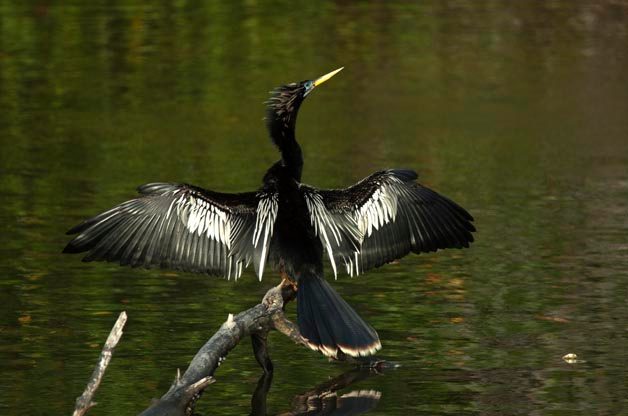
Anhingas spend a lot of time in and under the water, but have almost no waterproofing on their feathers. That’s why they’re often seen perched with their wings out, drying themselves in the sun.
Learn about beach birds and beach birding locations.
Anhinga Birds Have Webbed Toes
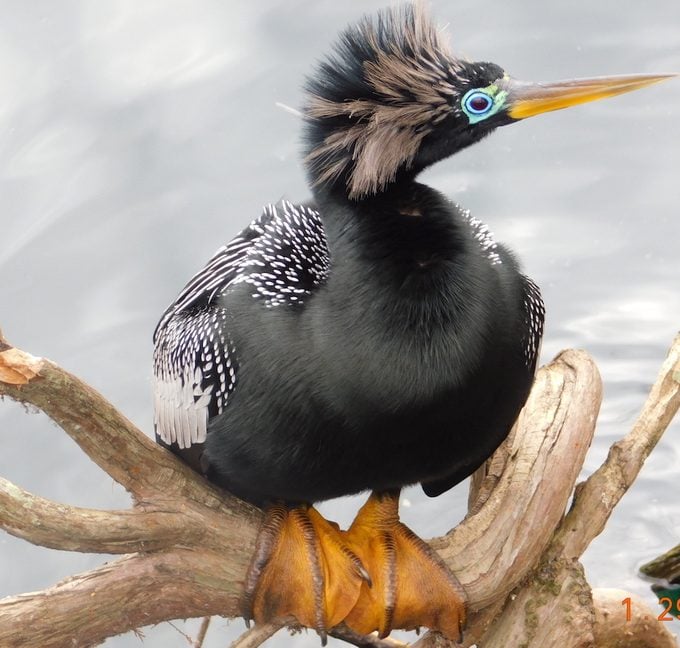
Look for four webbed toes on each foot. They help them swim and catch fish as well as other prey in the water.
They Have a Small Range
In winter, you’re most likely to see them in seven coastal states across the Southeast, from South Carolina to Texas. The double-crested cormorant, a similar looking bird, has a larger range and can be seen in most of the United States during the breeding season or migration.
Cbeck out the top Gulf Coast birding hotspots for spring migration.
